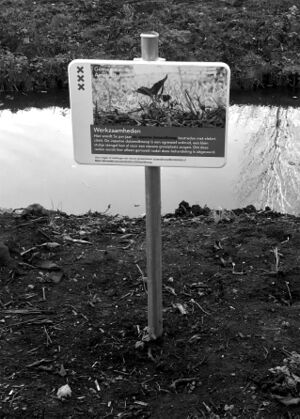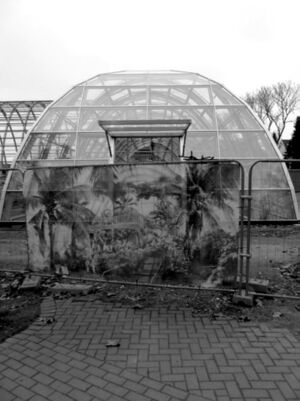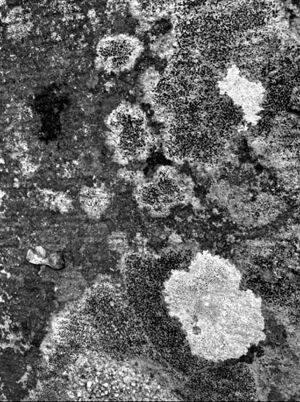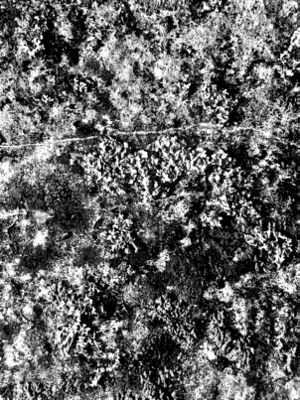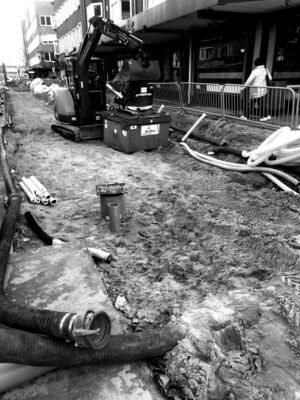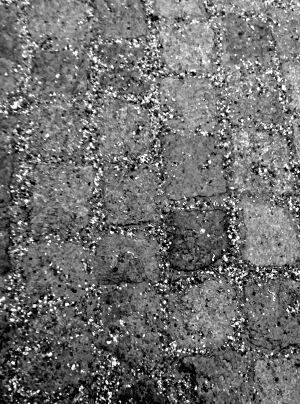Transdisciplinary: Difference between revisions
No edit summary |
|||
| Line 2: | Line 2: | ||
<span class="author">Feral Atlas (Lili Carr & Feifei Zhou)</span> | <span class="author">Feral Atlas (Lili Carr & Feifei Zhou)</span> | ||
The more-than-human Anthropocene is multiscalar, patchy, and overlapping. Its landscapes, its histories, its ecologies do not line up neatly. To study these more-than human worlds in active formation, ''Feral Atlas'' argues the need for multiple, multiperspectival accounts that are ''transdisciplinary'' in approach, method, and form. | <div class="no-indent">The more-than-human Anthropocene is multiscalar, patchy, and overlapping. Its landscapes, its histories, its ecologies do not line up neatly. To study these more-than human worlds in active formation, ''Feral Atlas'' argues the need for multiple, multiperspectival accounts that are ''transdisciplinary'' in approach, method, and form.</div> | ||
Centuries of disciplinary precedent have siloed knowledge-making practices, making it difficult for scholars to study entangled Anthropocene histories that bring attention to humans and nonhumans at the same time. The following caricature is over-the-top, and yet there is a grain of truth in it: Humanists are severed heads floating in the stratosphere of philosophy, while scientists are toes grubbing in empirical dirt. Even in turning towards the concrete, humanists too often stop at an abstract discussion of ‘materiality’ before they even get to the material itself. Natural scientists ignore such discussions—but to their peril; uninformed by humanist scholarship on politics, history, and culture, scientists too often grab simplistic and misleading paradigms for measuring humanity. None of these habits allow much in the way of conversation. Without this conversation, the false dichotomy of subservient Nature and mastering Culture continues to be affirmed. | Centuries of disciplinary precedent have siloed knowledge-making practices, making it difficult for scholars to study entangled Anthropocene histories that bring attention to humans and nonhumans at the same time. The following caricature is over-the-top, and yet there is a grain of truth in it: Humanists are severed heads floating in the stratosphere of philosophy, while scientists are toes grubbing in empirical dirt. Even in turning towards the concrete, humanists too often stop at an abstract discussion of ‘materiality’ before they even get to the material itself. Natural scientists ignore such discussions—but to their peril; uninformed by humanist scholarship on politics, history, and culture, scientists too often grab simplistic and misleading paradigms for measuring humanity. None of these habits allow much in the way of conversation. Without this conversation, the false dichotomy of subservient Nature and mastering Culture continues to be affirmed. | ||
Revision as of 10:14, 12 April 2022
transdisciplinary
Centuries of disciplinary precedent have siloed knowledge-making practices, making it difficult for scholars to study entangled Anthropocene histories that bring attention to humans and nonhumans at the same time. The following caricature is over-the-top, and yet there is a grain of truth in it: Humanists are severed heads floating in the stratosphere of philosophy, while scientists are toes grubbing in empirical dirt. Even in turning towards the concrete, humanists too often stop at an abstract discussion of ‘materiality’ before they even get to the material itself. Natural scientists ignore such discussions—but to their peril; uninformed by humanist scholarship on politics, history, and culture, scientists too often grab simplistic and misleading paradigms for measuring humanity. None of these habits allow much in the way of conversation. Without this conversation, the false dichotomy of subservient Nature and mastering Culture continues to be affirmed.
Feral Atlas argues that bringing theoretical studies and field-based practices into dialogue—often across lines of mutual unintelligibility and difference—is essential for studying the Anthropocene. Feral Atlas contributors describe feral ecologies based on firsthand observation and assessment (including archival materials) each according to their practice. They are biologists, historians, anthropologists, geographers, climate scientists, artists, poets, and writers; their witnessing comes in various forms, from poetry and natural history to the painting of an Aboriginal artist and the memoir of a British professor. Sometimes, several reports follow the activities of a particular feral entity, revealing moments of both accord and disconnect. Just as with Anthropocene landscapes, Anthropocene knowledge does not line up neatly either.

